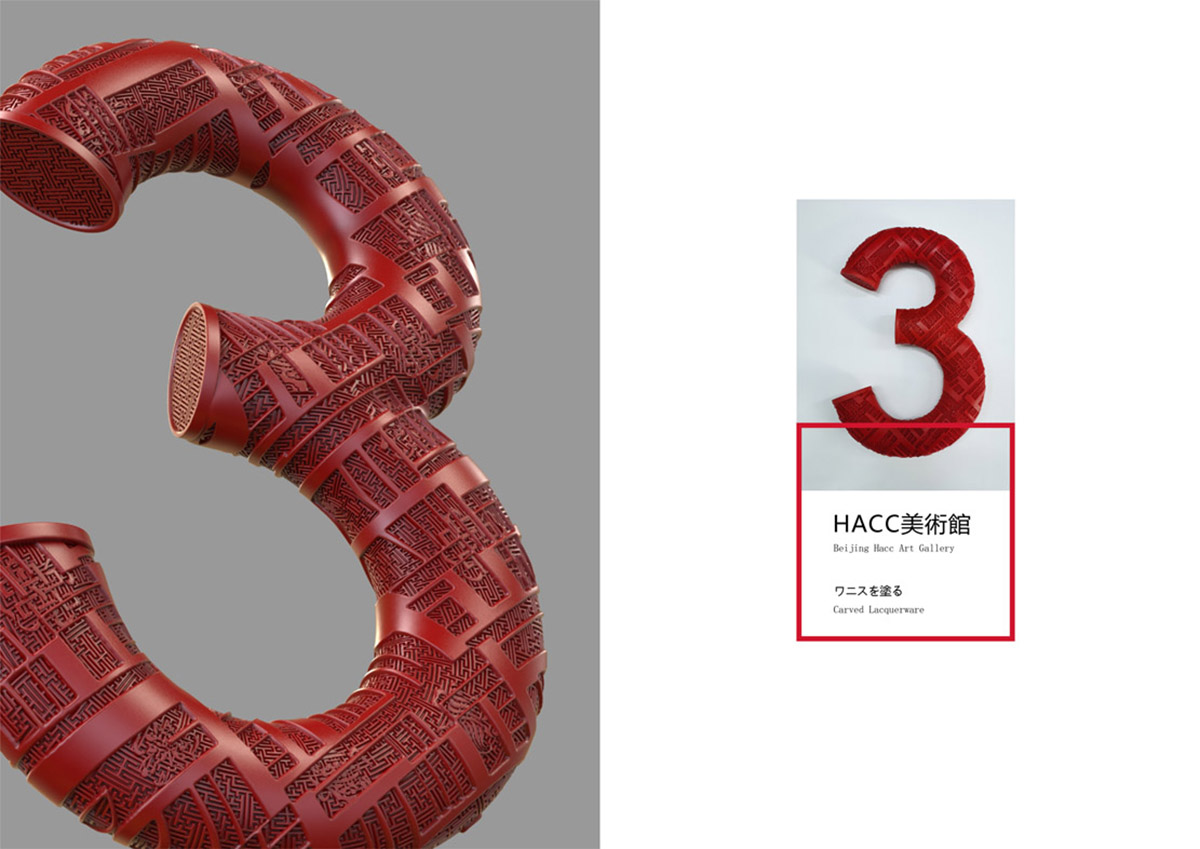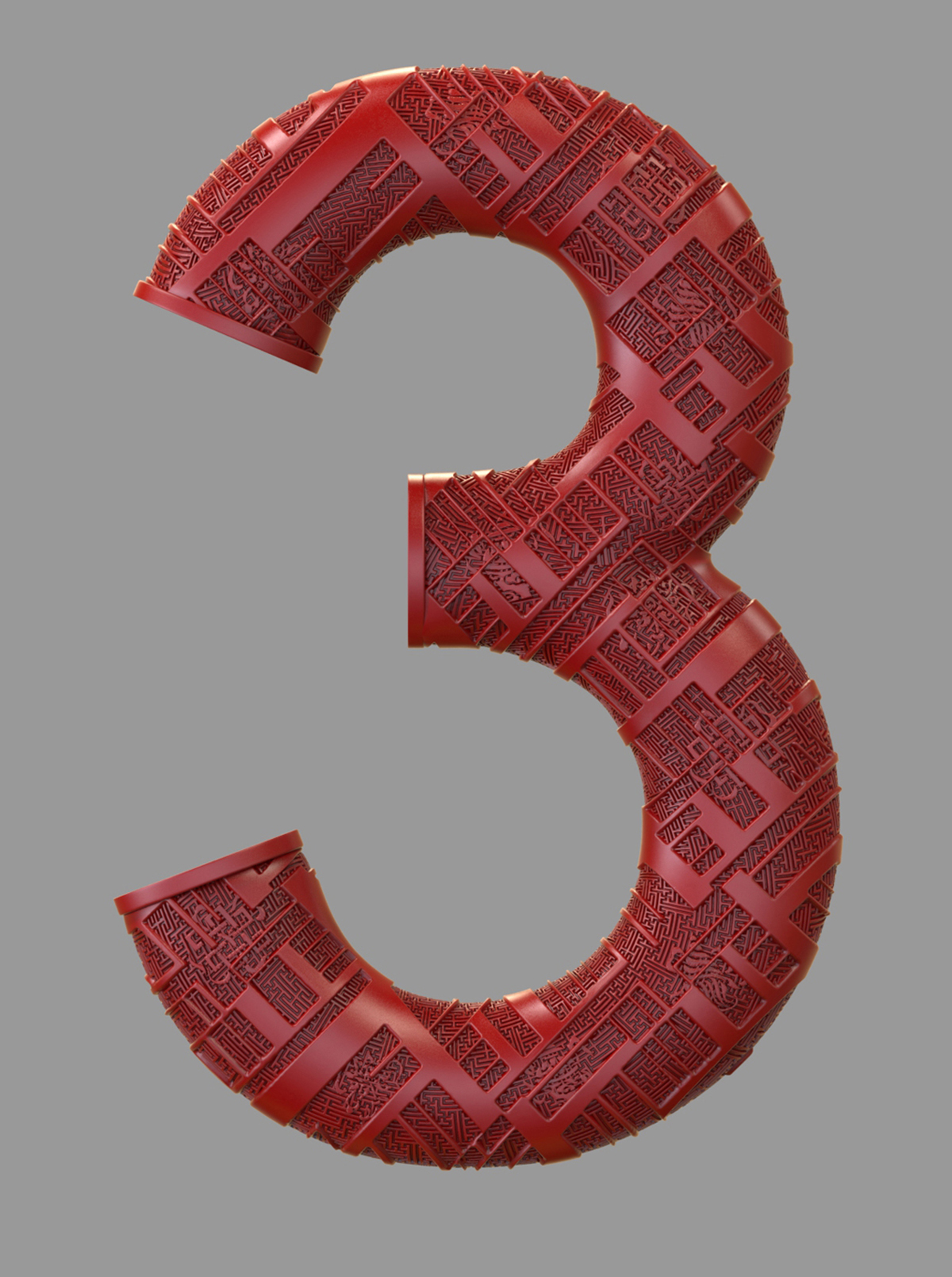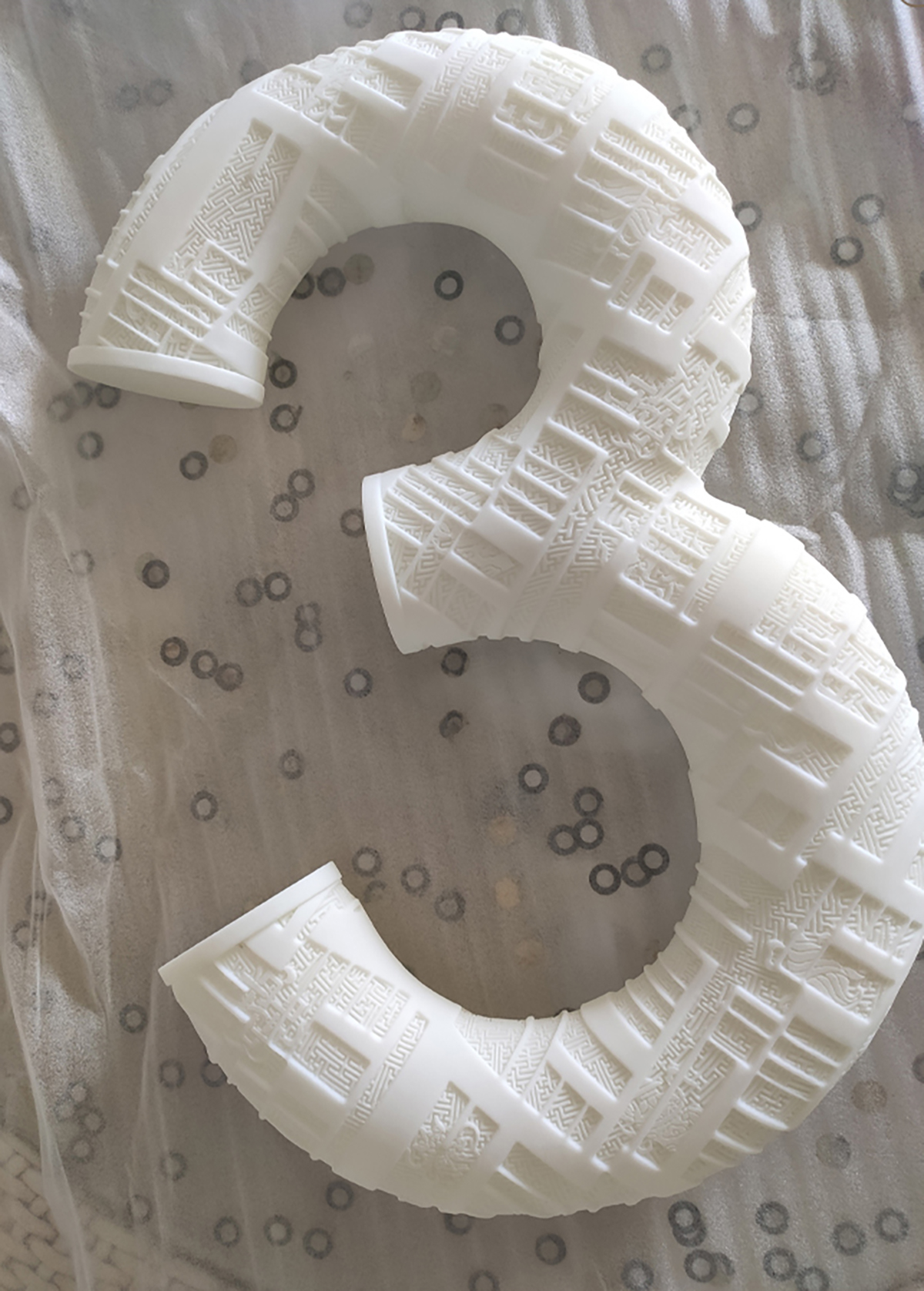
ソース:匠人設計
カスタマイズされた中国の伝統的な彫刻漆工芸品 ☼ 中国の伝統的な漆彫刻技術は、長い歴史と深...
カスタマイズされた中国の伝統的な彫刻漆工芸品
☼ 中国の伝統的な漆彫刻技術は、長い歴史と深い文化遺産を持つ古くて精巧な手工芸品の生産技術です。 通常、箱、屏風、置物などの木製器具の装飾に用いられる加工です。 中国の伝統的な漆彫刻の職人技の一般的な特徴と手順は次のとおりです。
1. 意向確認と計画設計:
まず、デザイナーは、制作するオブジェクトの目的とトーンに基づいて、クライアントとデザインの全体的なスタイルを決定します。 次に、色鉛筆などの簡単なツールを使用して、最初にいくつかの概念的な計画をスケッチします。 コンセプトの確認後に予備デザインをデジタル形式に変換すると、デザイナーは全体のバランス、対称性、美的効果を考慮して、サイズ、比率、ディテールをより適切に調整し、さまざまなレイアウトや配置を試すことができます。 そして、経験豊富な漆彫刻職人と製作の可能性を検討し、最終決定します。
2. 木材を選択します。
伝統的な漆彫刻技術では、通常、ブナ、ツゲなどの最高級の木材を基材として使用します。これらの木材は硬く、彫刻や塗装に適しています。
3. 制作の基本:
選ばれた木材を加工・研磨し、箱や屏風など必要な形状に仕上げます。 基礎を作る際には、その後の彫刻や塗装の必要性を考慮する必要があります。
4. プライマー処理:
完成した木製の基礎を、通常は黒または別の暗い色で下塗りします。 プライマーの目的は、木材を保護し、接着力を高め、その後の彫刻や塗装の準備をすることです。
5. ペイント
伝統的な漆彫りの工程は、彫るのに必要な厚みになるまで何度も塗り、乾燥を繰り返す手間がかかり、現在では彫るのに半年ほどかかってしまいます。観光市場で販売されている漆工芸品は基本的に鋳造プロセスであるため、加工時間を大幅に短縮できます。
6. 彫刻:
下塗りされた木製のベースに彫刻します。 彫刻されたパターンは通常、花や鳥、風景、人物などの伝統的な中国の文化的要素ですが、いくつかの現代的なデザイン要素もあります。 彫刻には、彫刻刀や彫刻鉋など、さまざまな道具が使用されます。熟練した彫刻家は、さまざまな精緻な模様を彫刻することができます。
7.研磨:
色詰めが完了したら、彫刻した塗装面を研磨します。 研磨すると塗装の表面がより滑らかで繊細になり、質感と装飾的価値が高まります。
数千年の発展を経て、中国の伝統的な漆彫刻の職人技は独特の芸術的スタイルと職人技を形成し、中国の伝統的な職人技の重要な部分であり、中国文化の宝の一つとなっています。
Customized Chinese traditional carved lacquer crafts
☼ Chinese traditional lacquer carving technology is an ancient and exquisite handicraft production technology with a long history and deep cultural heritage. It is usually used for the decoration of wooden utensils such as boxes, folding screens, and figurines. The general characteristics and steps of Chinese traditional lacquer carving craftsmanship are as follows:
1. Intention confirmation and planning design:
First, the designer will determine the overall style of the design with the client based on the purpose and tone of the object to be produced. Then, using simple tools such as colored pencils, sketch some conceptual plans first. When the preliminary design is converted into a digital format after the concept confirmation, the designer can better adjust the size, proportion, and details, and try different layouts and arrangements, taking into account the overall balance, symmetry, and aesthetic effect. Then, discuss the possibility of production with experienced lacquer carving craftsmen and make a final decision.
2. Select the wood.
Traditional lacquer carving technology usually uses the finest woods such as beech and boxwood as the substrate. These woods are hard and suitable for carving and painting.
3. Basics of production:
The selected wood is processed and polished to the required shape, such as a box or a folding screen. When making the base, the need for subsequent carving and painting must be taken into account.
4. Priming:
The finished wooden base is primed, usually with black or another dark color. The purpose of the primer is to protect the wood, increase adhesion, and prepare it for subsequent carving and painting.
5. Painting
The traditional lacquer carving process requires repeated application and drying until the required thickness is reached, and it takes about half a year to carve it today. Lacquer crafts sold in the tourist market are basically a casting process, which can greatly reduce the processing time.
6. Carving:
The primed wooden base is carved. The carved patterns are usually traditional Chinese cultural elements such as flowers, birds, landscapes, and figures, but there are also some modern design elements. A variety of tools are used for carving, including chisels and carving planes. A skilled carver can carve a variety of intricate patterns.
7. Polishing:
Once the color filling is complete, the carved painted surface is polished. Polishing makes the painted surface smoother and more delicate, enhancing the texture and decorative value.
After thousands of years of development, Chinese traditional lacquer carving craftsmanship has formed a unique artistic style and craftsmanship, and has become an important part of Chinese traditional craftsmanship and one of the treasures of Chinese culture.




